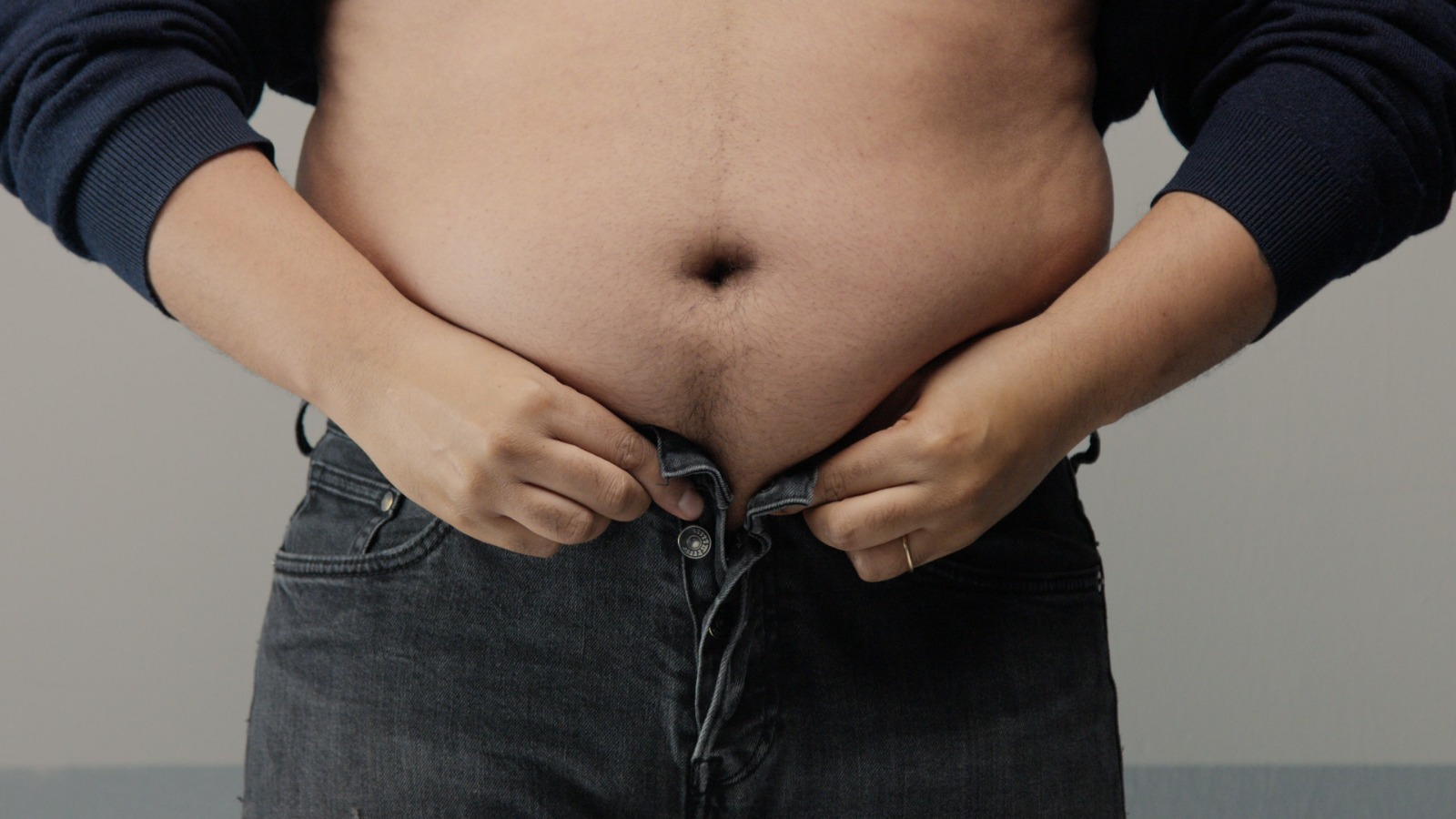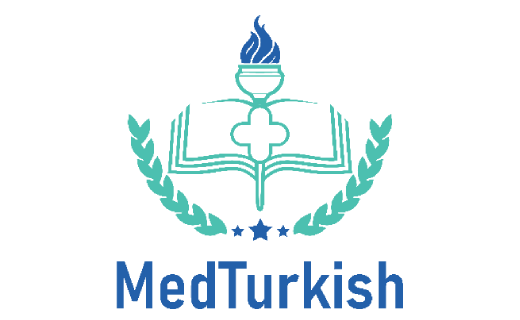
Gastric Balloon in Turkey
Gastric balloon, in addition to surgical methods for the treatment of obesity, there are many options for patients with weight problems. Among these options, the gastric balloon reduces surgical risks, especially for patients suffering from morbid obesity. It is one of the most common non-surgical methods in the field of obesity in recent years. From then on, the gastric balloon became a hope for overweight obese patients.
In recent years, non-surgical techniques for the treatment of obesity have had very effective results. The gastric balloon technique, which is one of these methods, comes to the rescue of people suffering from obesity. However, experts say you need to be careful after the operation.
Gastric Balloon Mechanism
Thanks to the volume it occupies in the stomach, it makes it possible to eat fewer portions and reach the ideal weight earlier than the standard diet. Our goal is to enable the person to choose portions with high nutritional value but low-calorie content and make it a way of life to meet their daily needs. As the gastric balloon remains in the stomach for a long time, for example 6 to 12 months, it becomes easier to acquire healthy and regular eating habits. That is, you will have an excellent slimming effect.
Among the medical methods in the treatment of obesity, the procedures such as stomach clamp and stomach band were a great success. However, by the end of 2016, the gastric balloon becomes more preferred.
Hundreds of studies have proved that successful weight loss is possible with the gastric balloon. Thus, the new generation of gastric balloons produced has become an accepted treatment method throughout Europe.
Gastric Balloon Efficiency
The balloon offers a temporary solution to obesity. It is very beneficial for the patient as it significantly reduces the risk of other diseases associated with obesity. It is useful for losing weight and maintaining the current weight. The most important advantage is that it gives the patient enough time, for example six months, to acquire a new diet.
The balloon should not remain in the stomach for more than six months. In such cases, the silicon begins to deteriorate and the extraction process, which is a very sophisticated procedure, becomes more difficult. This bears repeating; in unfamiliar hands, serious complications such as esophageal or gastric perforation may occur upon removal. In expert hands, these risks are close to zero.



